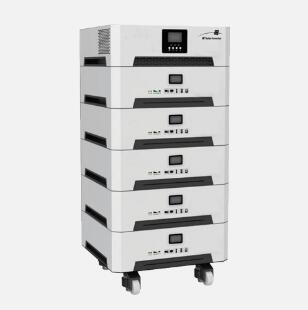The Role of Location in Maximizing Solar Power Efficiency
2024-12-25
Solar power supply systems are a cornerstone of sustainable energy solutions. Yet, their efficiency is heavily influenced by the geographic and environmental characteristics of their installation site. In this blog, we’ll explore how factors like latitude, weather, and shading shape the performance of solar power systems.
Latitude: The Foundation of Solar Potential
Latitude determines how much sunlight a location receives annually, shaping the design and efficiency of solar installations.
1. Tropical Regions:
- Consistent sunlight throughout the year makes tropical areas ideal for solar power.
- Panels can be installed with a fixed, shallow tilt to maximize energy capture.
2. Temperate Zones:
- Seasonal shifts in sunlight intensity require more strategic panel placement and tilt adjustments.
- Dual-axis tracking systems are often used to optimize energy capture across seasons.
3. Polar Regions:
- Limited sunlight during winter months presents a challenge for year-round solar generation.
- Hybrid systems combining solar with other energy sources are common in these areas.
Weather: A Dynamic Variable
The efficiency of solar panels is not solely about sunlight—temperature and atmospheric conditions also play significant roles.
1. Clear Skies and Heat:
- High temperatures can reduce the efficiency of some solar panels. Opting for panels designed for heat tolerance is essential in hot climates.
2. Overcast and Rainy Conditions:
- Panels equipped with advanced photovoltaic technology can harness energy from diffused light, mitigating losses during overcast days.
3. Snow and Ice:
- While cold weather can enhance panel efficiency by reducing resistance, snow cover blocks sunlight. Proper maintenance ensures optimal performance.
Shading: The Silent Efficiency Killer
Shading is one of the most critical factors to address during the installation of solar systems.
1. Impact of Shade:
- Shadows from trees, chimneys, or neighboring buildings can significantly reduce the output of a solar array.
- Using bypass diodes in solar panels can minimize the impact of shaded cells on overall system performance.
2. Preventative Measures:
- Conduct a solar pathfinder analysis to map potential shading throughout the year.
- Position panels in open, unobstructed areas to maximize sunlight exposure.
Enhancing Solar Efficiency with Smart Solutions
1. Custom Panel Orientation:
- Tailor panel tilt and orientation to the site’s latitude and average sunlight angles.
2. Energy Monitoring Systems:
- Real-time monitoring helps identify performance issues caused by shading or adverse weather conditions.
3. Hybrid Systems:
- Combining solar with wind or backup generators ensures energy reliability in less-than-ideal conditions.
Location-specific factors play a pivotal role in the effectiveness of solar power supply systems. By carefully evaluating latitude, weather patterns, and shading, users can optimize their systems for maximum efficiency and sustainability. With the right strategies and technologies, solar power remains a versatile and reliable energy solution for diverse environments.



